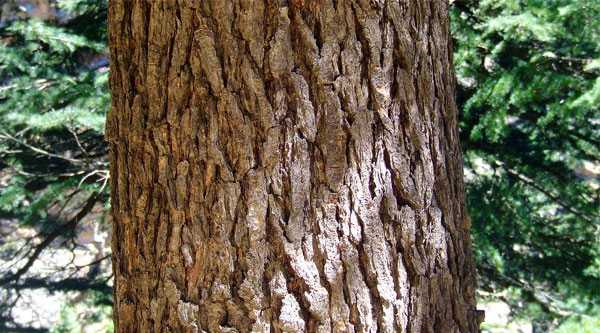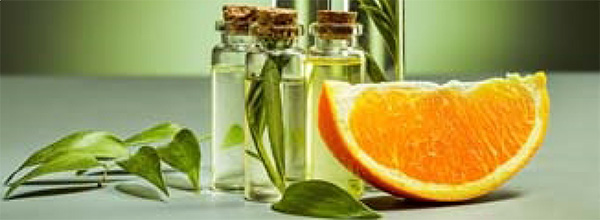Cedarwood Essential Oil (Himalayan)

| Botanical Name | Cedrus Deodara |
| Main Constituents | α-Himachalene |
| β-Himachalene | |
| Origin | India |
| Extraction Method | Steam Distillation |
| Plant Part Used | Wood |
Cedarwood (Himalayan) essential oil comes from the cedarwood trees in the himalayan region. The name deodara evolved from the word devadāru, a Sanskrit word that translates to “timber of the gods” – thus the Himalayan Cedar is regarded as a particularly sacred tree in Hinduism. Many shrines and places of worship are built with this sturdy, invulnerable wood, leading some to believe that the deep and warm Cedarwood aroma encourages the erect posture and the slow, even breathing that is ideal for meditation.
Cedarwood oil has anti-inflammatory and antimicrobial properties. This may make it beneficial for skin conditions like acne. One case study indicated that the addition of cedarwood oil to traditional acne treatments was helpful for alleviating and reducing stubborn breakouts.
Odour Profile: Himalayan Cedarwood Essential Oil is known to have a middle note of woody, slightly smoky aroma.
Dilute before use: for external use only. May cause skin irritation
in some individuals, and should be avoided by those having sensitive skin; a skin test is recommended prior to use, and contact with eyes should be avoided.
Storage: It is recommended that oils packaged in metal
containers (for safe shipping) be transferred into dark glass
containers to maintain freshness and attain maximum shelf life.
Product Applications

FRAGRANCE & FLAVOR INDUSTRY

BEAUTY & COSMETICS INDUSTRY

